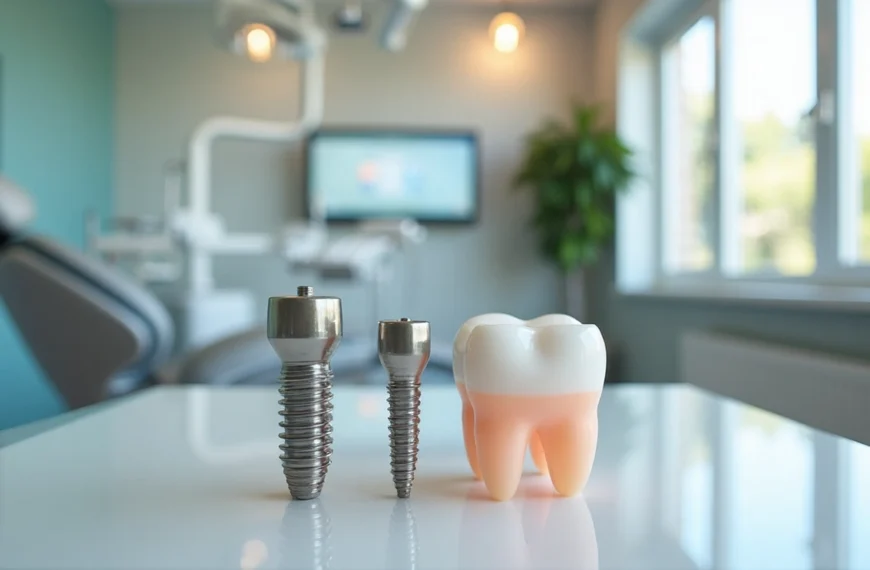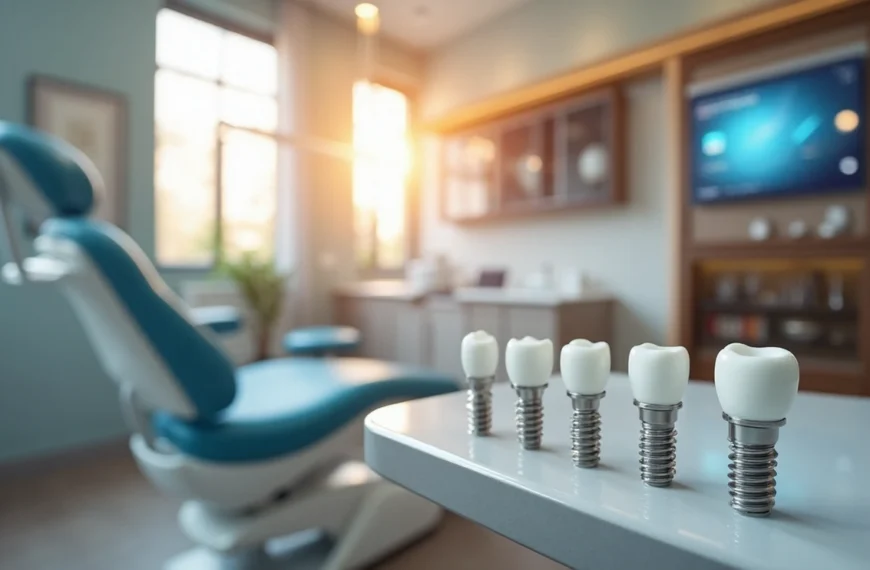Deciding between vinyl flooring vs laminate is a vital part of budget-friendly home renovation. Both options serve as affordable alternatives to hardwood, but many homeowners find it challenging to pick the best value for their money.
The price gap between these two popular flooring choices can make a big difference. Laminate flooring materials cost between $1 to $5 per square foot. Professional installation adds another $1.50 to $3 per square foot. The cost of vinyl flooring materials starts at $1 and goes up to $5 per square foot. Luxury vinyl plank flooring comes at a premium, reaching up to $11 per square foot. The total cost of vinyl flooring installation ranges from $2 to $16 per square foot, based on the type you choose.
Durability plays a key role in determining the actual cost over time. Laminate floors usually last around 30 years with warranties covering 10 to 25 years. Vinyl flooring proves even more durable, lasting up to 50 years if maintained well. Most vinyl warranties cover up to 20 years. This piece looks at the complete financial aspects of vinyl vs laminate flooring in different spaces. It covers maintenance needs and long-term value to help you pick the most cost-effective option for your home in 2025.
Breaking Down the Cost: Vinyl vs Laminate in 2025
Image Source: MyNewFloor.com
You might think vinyl and laminate flooring cost about the same at first glance. A closer look reveals key differences that will affect your wallet now and down the road.
Material and installation cost comparison
The numbers for 2025 tell an interesting story. A complete laminate floor installation runs between $4.00 and $14.00 per square foot. Vinyl flooring costs anywhere from $2.00 to $16.00 per square foot when installed. These price ranges depend on quality, thickness, and how complex the installation becomes.
Homeowners watching their budget should know that vinyl sheet flooring remains the cheapest option at $1.00 to $2.00 per square foot for materials. Laminate materials cost a bit more, ranging from $1.00 to $6.00 per square foot.
The labor costs show clear differences too:
- Laminate installation: $3.00 to $8.00 per square foot
- Vinyl installation: $1.00 to $5.00 per square foot (standard vinyl)
Your installation method choice plays a big role in the final price. Peel-and-stick vinyl costs $1.50-$8.00 per square foot. Glue-down vinyl runs $2.50-$12.50, while floating/interlocking systems range from $3.00-$13.00 per square foot.
Luxury vinyl plank vs standard laminate
Luxury vinyl plank (LVP) and luxury vinyl tile (LVT) sit at the top of the vinyl flooring range. These premium products cost $2.00 to $10.00 per square foot for materials alone. The total installed price reaches $4.00 to $16.00 per square foot.
High-end laminate might look cheaper than LVP at first, but the price gap has shrunk quite a bit in 2025. LVP also beats standard laminate when it comes to moisture resistance. This advantage could save you money on repairs in areas prone to water damage.
LVP thickness drives the price substantially:
- 2-4mm: $1.00-$3.00 per square foot
- 4.5-6mm: $1.50-$7.00 per square foot
- 7-8.5mm: $5.00-$12.00 per square foot
Cost of laminate flooring per square foot
Standard laminate flooring in 2025 costs between $6.69 and $11.43 per square foot installed. This price gets you residential-grade laminate that has a 30-year limited warranty and 8mm thickness.
The abrasion coefficient (AC) rating shapes laminate pricing. AC1 and AC2 laminates work well in bedrooms and living rooms and cost less than AC3 laminates, which suit hallways and kitchens better. A typical 200-square-foot room costs between $1,000 and $2,400 for complete laminate installation.
Both these flooring options cost nowhere near as much as hardwood, which runs from $6.00 to $25.00 per square foot installed.
Where the Real Savings Happen: Maintenance and Repairs
The real cost difference between vinyl and laminate flooring shows up after you buy them. Daily upkeep and repairs play a big role in deciding which option saves you money down the road.
Cleaning requirements and product lifespan
Vinyl and laminate floors are both pretty easy to clean, but they need different approaches. You can clean vinyl floors with water since they’re waterproof. A quick vacuum and mop with mild soap will keep vinyl looking great. Laminate needs more careful handling because water can sneak into the seams and cause damage.
Standard vinyl floors last anywhere from 10-25 years. Luxury vinyl planks can stick around for up to 50 years if you take good care of them. Laminate floors have a decent run too – about 30 years with proper maintenance. Good installation and regular care affect how long these floors last by a lot.
Repairability and replacement costs
Hidden repair costs can add up fast. Small scratches on laminate can be fixed with repair kits that cost less than $20. Water damage is a different story – laminate floors don’t bounce back from it and need complete replacement.
Replacing laminate planks gets pricey at $3 to $11 per square foot. An average repair job runs about $1,250. Vinyl repairs usually mean swapping out damaged planks, and this job tends to be less of a hassle than fixing laminate.
Moisture damage risks and prevention
The biggest long-term cost difference comes down to how these floors handle moisture. Regular laminate just doesn’t deal very well with water. When water gets in, it leads to swelling, warping, and might even damage your subfloor – that’s not cheap to fix.
Vinyl handles water much better, which makes it perfect for bathrooms, kitchens and basements. You still need to clean up spills quickly though. Standing water can work its way under the planks and cause bubbling, warping, and discoloration.
To protect either type of flooring, you should:
- Clean spills right away
- Use cleaning products the manufacturer recommends
- Vacuum regularly to get rid of debris that traps moisture
- Install proper moisture barriers under the floor
These differences in maintenance end up saving you money in the long run, especially in rooms where water is common and laminate repairs could get pricey.
Room-by-Room Guide: Best Budget Choice for Each Space
Image Source: Lily Ann Cabinets
Your choice of flooring material for each area of your home affects both immediate and future costs. Each room brings its own set of challenges that help determine whether vinyl or laminate will save you more money.
Bathrooms and laundry rooms
Vinyl flooring stands out as the budget-friendly champion in areas prone to moisture. Its waterproof composition makes it perfect for bathrooms and laundry rooms. You won’t need expensive water damage repairs. Sheet vinyl and luxury vinyl tiles (LVT) work best in these spaces.
Rooms with spills, splashes, and high humidity benefit from vinyl’s water resistance. Laminate flooring doesn’t work well in full bathrooms or basements. Water exposure can ruin it beyond repair, and you’ll need to replace the whole floor.
The savings add up over time. Experts point out that “Vinyl may cost more upfront but offers long-term savings with its water resistance” when you deal with high moisture levels.
Living rooms and bedrooms
The cost equation looks different in your home’s drier areas. Laminate flooring costs less for living rooms and bedrooms where moisture isn’t a big concern. It feels sturdy and looks like real wood, giving you great value in these rooms.
Laminate works best in “living rooms, bedrooms, and hallways, where water exposure is less of a concern”. Flooring experts say laminate provides “a luxurious look and practical benefits” at a lower starting price than similar vinyl options.
Both options feel different under your feet. Vinyl feels a bit softer, while laminate gives you that solid, wood-like feeling.
Kitchens and basements
Kitchens and basements create special challenges that influence your long-term costs. Experts recommend vinyl flooring for basements. Regular laminate can’t handle the moisture issues common in below-ground spaces.
Kitchen flooring needs careful thought. Some experts say laminate “maybe” works in kitchens. Vinyl gives you better protection against water damage from sink splashes and leaky appliances.
Vinyl’s moisture resistance makes it ideal for basements. Installation guides show vinyl as suitable for basements but not laminate. This difference matters because basements often face moisture problems, humidity, and potential water seepage.
Beyond the Price Tag: Comfort, Style, and Resale Value
Image Source: The Spruce
Budget-conscious homeowners need to look beyond the original costs that shape their long-term satisfaction with vinyl flooring vs laminate. The comfort level, looks, and possible return on investment are vital factors in deciding which option gives better value.
Underfoot comfort and noise levels
Walking on these flooring types feels quite different. Luxury vinyl offers a softer, more forgiving surface to walk on. People who live in colder climates love this softness. The same goes for households where family members stand a lot.
Vinyl beats laminate in sound control. Standard vinyl absorbs sound instead of making it louder. This creates a quieter home environment. Laminate flooring tends to make what homeowners call a “hollow footstep” sound if you don’t use proper underlayment. Sound becomes a big deal in multi-story homes. Vinyl flooring with quality underlayment is up to 70% quieter than other options.
Design variety and realism
Both flooring choices now showcase amazing style options in 2025. Laminate flooring looks more like real wood thanks to better embossing and imaging technology. Its photographic layer creates authentic wood grain patterns with amazing detail.
Vinyl flooring shines in its variety. It goes beyond wood looks and copies stone, tile, and polished concrete perfectly. Vinyl printing technology has improved by a lot. Now it creates very realistic textures and colors. Homeowners can find many luxury vinyl styles that match their taste without the hassle of maintaining natural materials.
Impact on home value and buyer appeal
Quality makes a big difference in resale value. New homes in good shape benefit more from premium laminate flooring. High-end luxury vinyl plank flooring from major brands brings similar resale value. Cheaper vinyl might need replacement according to potential buyers.
The market shows more people accept alternative flooring now. Luxury vinyl has grown huge in the market. It made up 34% of total flooring sales in 2023, up from just 11.9% ten years ago. This change shows buyers now trust high-quality vinyl as a real alternative to traditional hardwood.
Experts say neutral colors and earth tones work best for both types of flooring. These colors appeal to more buyers, whatever material you choose.
Conclusion
This complete comparison shows what makes vinyl or laminate flooring a better value for your home. The answer comes down to your household needs and room requirements, based on 2025 pricing and performance data.
A look at original costs shows similar price ranges for both options. Standard vinyl and laminate materials cost from $1 to $6 per square foot. Luxury vinyl plank costs more at about $12 per square foot installed. Smart homeowners should think over both upfront costs and future expenses.
The long-term money equation changes by a lot when you look at durability. Laminate usually lasts about 30 years. Vinyl flooring can last up to 50 years if you take care of it properly. The longer lifespan might make up for higher upfront costs, especially if you plan to stay in your home for decades.
Water resistance is the biggest factor in deciding true cost efficiency. Vinyl handles moisture better, making it the clear winner for bathrooms, kitchens, basements, and laundry areas. Laminate works great in bedrooms and living spaces where moisture isn’t an issue. You might want to use both materials, picking each type for rooms where it saves the most money over time.
On top of that, maintenance costs affect the total price. Vinyl’s easy care cuts ongoing costs for special cleaning products and water damage repairs. Laminate needs more careful maintenance, but its realistic wood look might be worth the extra effort for style-conscious homeowners.
After looking at everything, vinyl flooring gives better overall value for most homeowners, especially families with kids, pets, or moisture issues. Laminate remains an affordable choice for dry living spaces and temporary housing. The smartest approach uses both materials throughout your home to maximize savings while meeting each room’s needs.
Of course, you should get multiple quotes from flooring professionals, read warranties carefully, and think about future lifestyle changes that might affect your floors. Good planning will give you the most economical flooring investment for years ahead.
FAQs
Q1. Which flooring option is more cost-effective in the long run: vinyl or laminate? The long-term cost-effectiveness depends on the specific room and usage. Vinyl tends to be more economical in moisture-prone areas like bathrooms and kitchens due to its superior water resistance. Laminate is often more cost-effective in drier areas like bedrooms and living rooms. Consider a mixed approach for best overall value.
Q2. How much does it typically cost to install vinyl plank flooring? The cost of installing vinyl plank flooring varies widely. For 1000 square feet, you can expect to pay between $2,000 to $5,000 for standard luxury vinyl plank (LVP) flooring, with premium options potentially exceeding $6,000. Labor costs typically add an additional $2 to $7 per square foot.
Q3. Is vinyl or laminate flooring easier to maintain? Vinyl flooring is generally easier to maintain due to its water-resistant properties. It can be cleaned with both dry and wet methods without worry. Laminate requires more cautious cleaning to avoid water damage, making vinyl the lower-maintenance option overall.
Q4. How do vinyl and laminate flooring compare in terms of durability? Both options offer good durability, but vinyl typically has a longer lifespan. Standard vinyl flooring can last 10-25 years, with some luxury vinyl planks lasting up to 50 years with proper care. Laminate flooring generally offers a lifespan of about 30 years when properly maintained.
Q5. Does vinyl or laminate flooring add more value to a home? The impact on home value depends on the quality of the flooring and the condition of the home. High-quality laminate typically adds more value to newer homes in good condition. However, luxury vinyl plank flooring from reputable brands can bring comparable resale value, especially given its growing popularity and practical benefits.
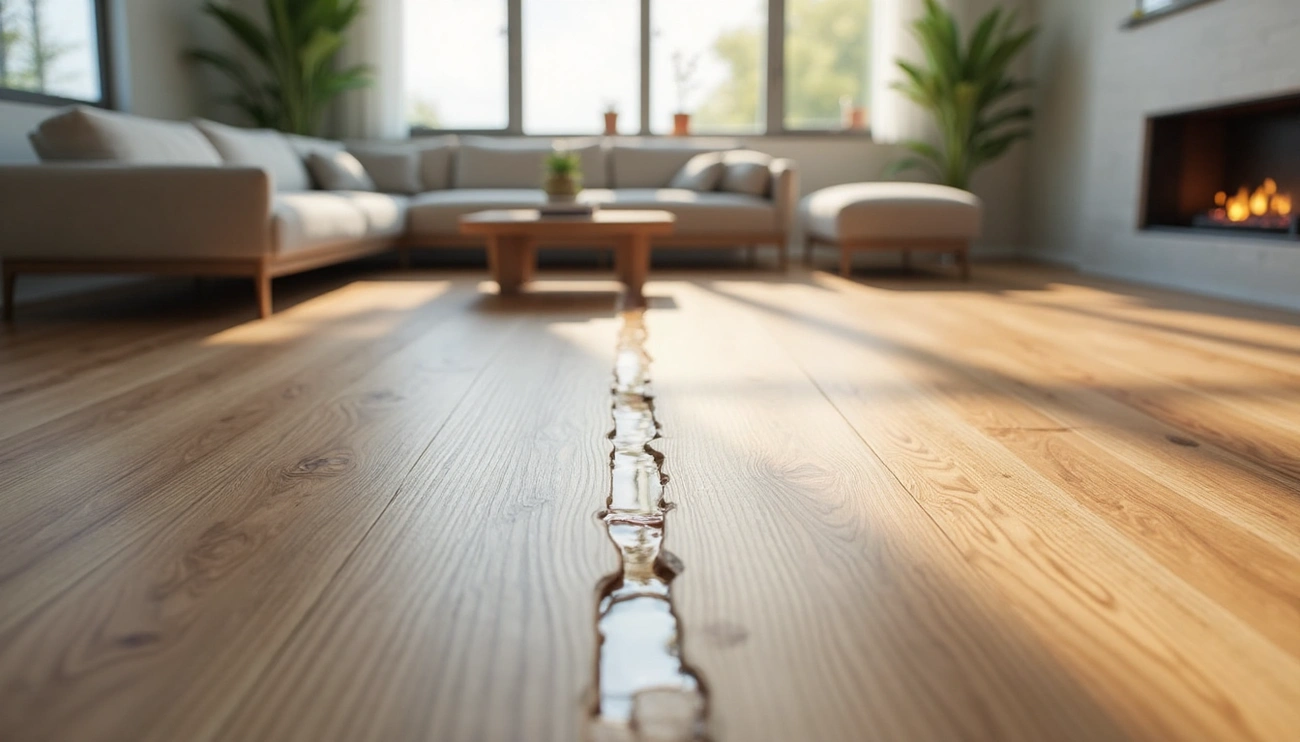

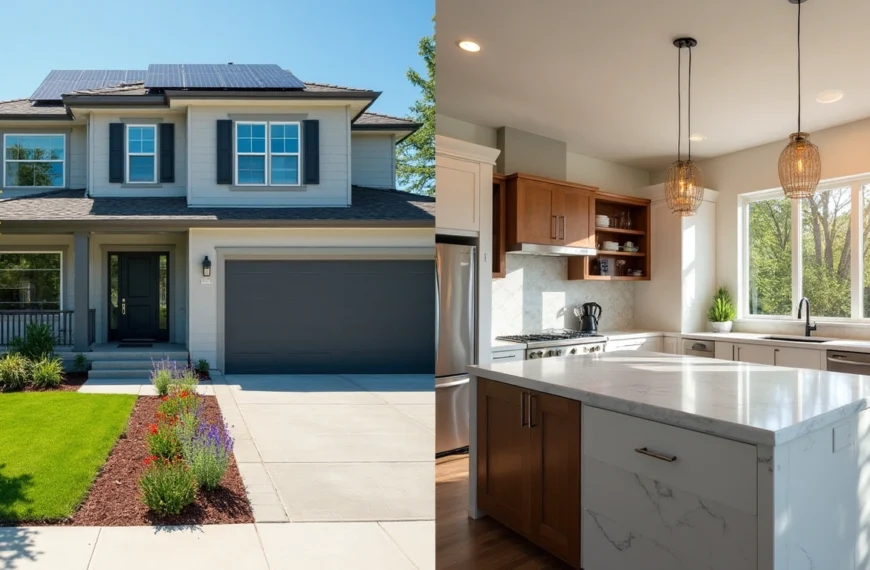
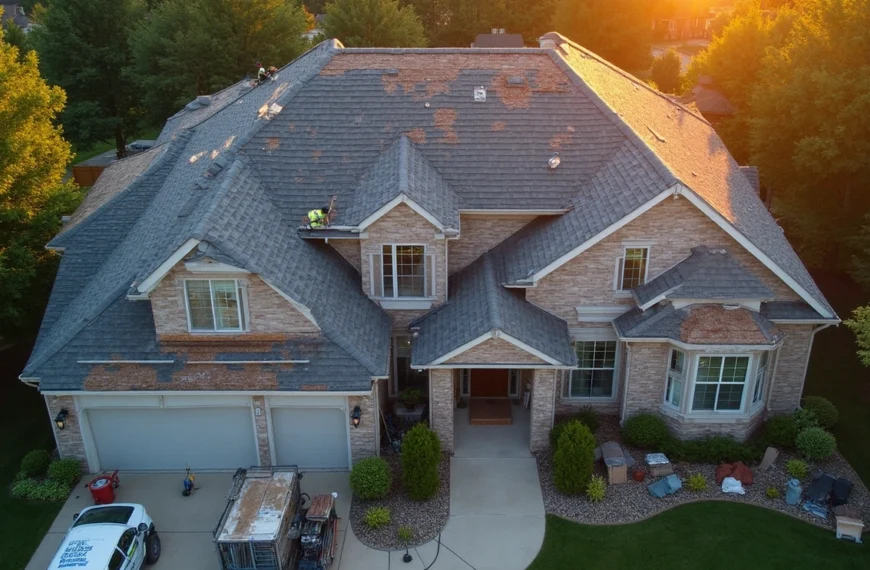
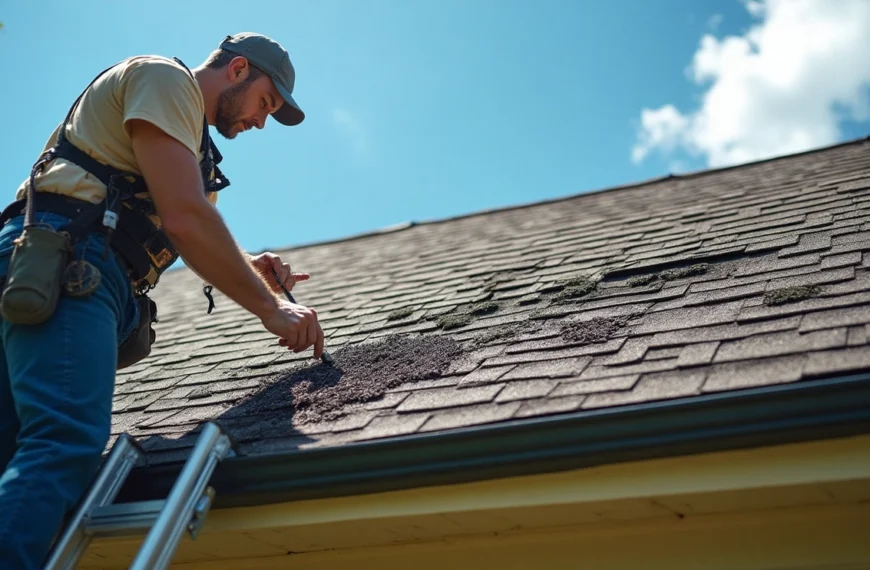





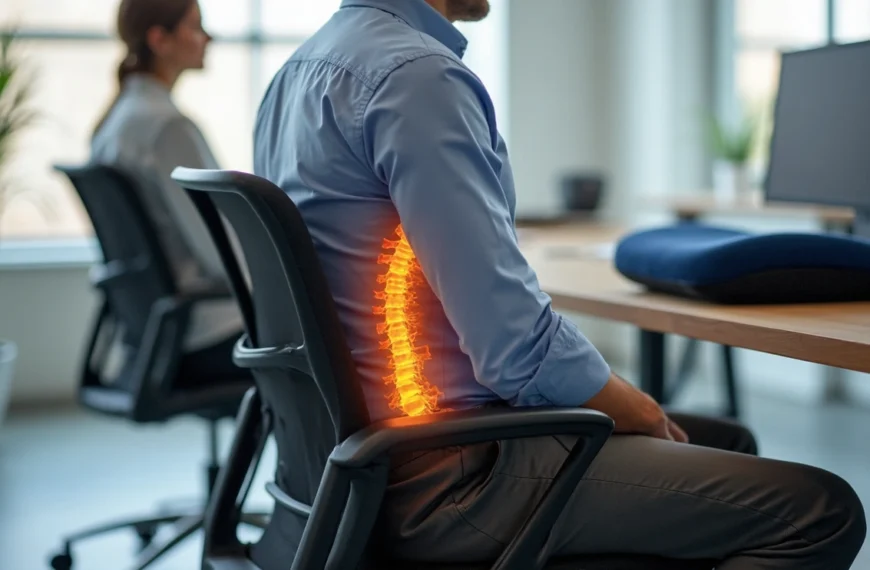
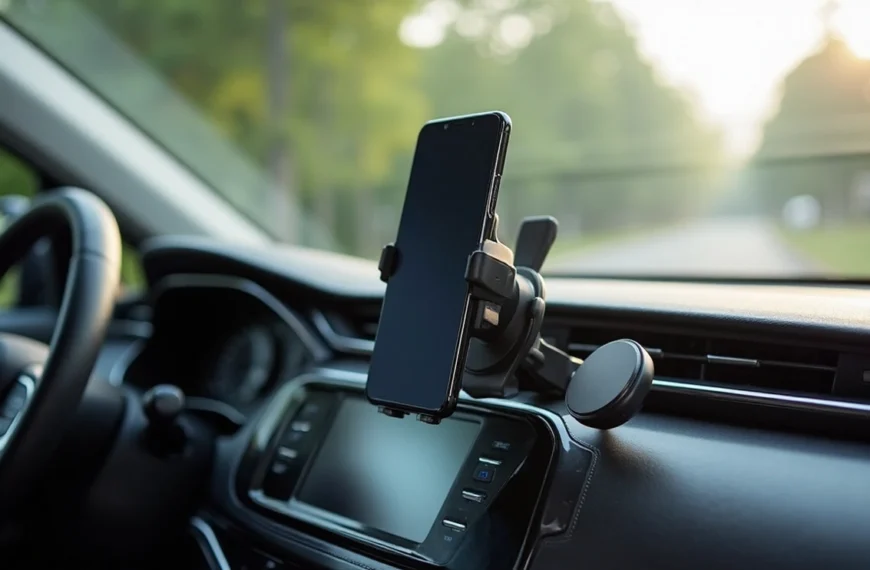

![No Win No Fee Lawyers: The Hidden Truth About Settlement Cuts Legal representation through no win no fee lawyers gives clients a way to fight cases without paying anything upfront. Many clients don't know that these services take a big chunk of money after winning the case. Lawyers usually take 25% to 40% of what you win as their contingency fee. The amount lawyers take from settlements can add up fast. A $100,000 settlement means your attorney gets $30,000 if they charge a 30% fee after winning your case. Your solicitor's cut might be £10,000 from a £30,000 compensation award, based on your agreement percentage. This payment model stays pretty much the same for no win no fee lawyers in different places, though percentages can change. This piece breaks down what you need to know about contingency fee deals. You'll learn about standard fee ranges, extra costs beyond the basic fee, and times when this payment setup might not work in your favor. Smart clients should think over these money matters before signing up with a lawyer to make better choices about their legal help. What No-Win No-Fee Really Means Image Source: Express Legal Funding A no-win no-fee arrangement, also called a Conditional Fee Agreement, changes the way people get legal help. This payment approach removes the need to pay legal fees upfront and creates a partnership between clients and their attorneys. How contingency fees work No-win no-fee agreements are based on contingency fees. Lawyers get paid only when they win compensation for their clients. Most lawyers take between 25% and 40% of the final amount, based on how complex the case is and where it's filed. Lawyers take their cut after winning the case. To name just one example, see a case where a lawyer wins £30,000 in compensation with a 33% fee - they would receive £10,000. On top of that, some law firms use sliding scales where they charge less for quick settlements and more if the case goes to trial. The law requires a written agreement before any work starts. This paperwork spells out the lawyer's percentage, what costs you'll need to cover, and other key details. What happens if you lose the case The meaning behind "no-win no-fee" is clear - losing your case means you won't pay your lawyer anything. All the same, you should know about a few money-related details. You won't owe your lawyer when you lose, but some deals might make you pay for court fees, expert witnesses, or other case expenses. The other side could also ask you to pay their legal costs. Many lawyers suggest getting "After Event" insurance to protect their clients. These policies cover any costs if you lose your case, which makes the no-win no-fee setup much safer. Why lawyers offer this model Lawyers want to make legal help available to more people, so they offer these payment plans. This setup helps people who don't have much money take legal action when they have valid claims. The payment structure motivates lawyers to work hard. They only get paid by winning cases, which pushes them to get the best results possible. Lawyers carefully assess each case before taking it on a no-win no-fee basis. They usually accept cases that have a good chance of winning, since they put in lots of time and resources without any guaranteed payment. The Real Cost: How Much Do Lawyers Take from a Settlement Image Source: Greiner Law Corp. The true cost of no-win no-fee legal representation becomes clear once we look at contingency fees. Many clients feel surprised to see a big chunk of their settlement checks going to their attorney's fees. Typical percentage ranges (25%–40%) No win no fee lawyers typically ask for 25% to 40% of the total settlement amount. Personal injury attorneys usually take 33.3% (one-third) of the awarded compensation[101]. Lawyers and clients agree on this percentage before any work starts on the case. Several factors shape the final percentage. Your chances of winning, case complexity, and the work to be done play key roles in determining the attorney's cut. Some areas have laws that cap the maximum contingency fees for specific types of cases. Sliding scale based on case complexity Law firms often use a tiered fee system that changes with the case stage and complexity. This scale rewards quick settlements while paying attorneys fairly if more work becomes needed. The fee might start at 30% if the case settles before lawsuit filing. This number could climb to 35% after filing or reach 40% if the case goes to trial. Law firms often group cases by complexity: 10%-20%: Simple cases with straightforward settlements 25%-35%: Typical personal injury cases 35% and above: Complex cases requiring extensive resources Examples of payout breakdowns These ground examples show how fees affect settlements: A $15,000 settlement with a 33.3% contingency fee.pdf) puts $5,000 in the attorney's pocket, leaving $10,000 for the client. Similarly, from a $100,000 settlement with a 33% fee, the attorney gets $33,000 while the client receives $67,000[102]. Complex cases tell a different story. A $100,000 settlement with a 30% fee plus $5,000 in extra costs leaves $65,000 for the client after all deductions. These fees substantially change the client's final payout. Hidden Costs You Might Not Expect Image Source: Nelson Personal Injury Lawyers Beyond percentage-based fees, clients often feel surprised by extra costs that can reduce their final compensation by a lot. These hidden costs show up in the fine print of no-win no-fee agreements. You should think over these details before signing. Court filing and expert witness fees Legal proceedings come with unavoidable court filing fees. These charges differ by jurisdiction. They usually range from $30 for small claims to several hundred dollars for complex civil lawsuits. Expert witnesses can be expensive, with hourly rates ranging from $150 to $1,000 based on their credentials and testimony complexity. Expert witnesses charge more for court appearances than consultation work because of added pressure and prep time. Clients might still need to pay experts for their prep work even if the case settles before trial. Medical report and investigation costs Medical documentation is a vital part of many legal claims. These costs include fees to release medical records, create specialized reports, and prepare documents. Investigation costs cover evidence gathering, police reports, witness interviews, and other fact-finding work needed to build a strong case. Of course, some firms say they'll cover these expenses upfront, but clients don't completely avoid these costs. When these costs are deducted from your compensation Law firms take these expenses from the settlement amount before they calculate their percentage fee, though each firm handles this differently. Some lawyers subtract these costs after figuring out their contingency fee, which changes how much money clients end up with. Most firms pay case-related costs during the process and get their money back from the settlement. The defendant usually pays most simple legal costs and disbursements in successful cases, but not always everything. Insurance protects clients from costs in unsuccessful claims at many law firms, but this protection isn't guaranteed. Clients should review their agreements carefully since they might still need to pay specific expenses even if they lose their case. When No-Win No-Fee Might Not Be the Best Option Contingency fee arrangements give many people access to justice. However, this payment model doesn't always work in a client's best interests. Knowing these limitations helps clients make better decisions about their legal representation. Cases with unclear liability Lawyer no win no fee arrangements work best in cases where fault is clear. We assessed the probability of success before taking contingency cases. Lawyers might turn down cases if there isn't enough evidence of the other party's negligence or if liability isn't certain. Cases with multiple responsible parties create more challenges. The situation gets complicated fast when several parties share liability. Lawyers are less likely to take these cases on contingency. They need to be confident they can prove the other party's negligence before accepting a case. Low-damage or low-payout claims Small claims often don't work well with the contingency model, even with real injuries. Cases that have minimal injuries or limited financial damages might not bring enough compensation to cover legal costs. The potential settlement needs to be big enough to pay for investigations, witness interviews and court fees. Personal injury lawyers often turn down cases where the "compensation potential" is too small. This doesn't mean the claim isn't valid - it just means the economics don't add up for a contingency arrangement. Situations where hourly billing may be better Hourly billing has clear advantages in certain cases. Clients see exactly what they're paying for - every hour worked and task completed. This model works well for cases that need lots of attention but don't have clear financial outcomes. Complex litigation with opposing parties works better with hourly billing and a retainer fee. Clients have more control over their case and don't feel pressured to settle quickly. Cases that need extensive preparation but have uncertain outcomes fit the hourly model better. Lawyers can spend the time needed without worrying about contingency limits. This approach often leads to better representation, especially for complex legal issues that need special expertise. Conclusion Understanding the Full Picture Before You Sign No-win no-fee arrangements offer legal representation without upfront costs. Of course, this seems attractive at first glance. In spite of that, you need to think about how these agreements can affect your final compensation. Legal fees usually range from 25% to 40% of your settlement - but that's just the start. You'll face more deductions like court filing fees, expert witness costs, and charges for medical documentation. What looks like a "free" service ends up taking a big chunk of your compensation to cover legal expenses. These arrangements work best in specific situations - cases with obvious liability, substantial damages, and solid evidence. If you have a low-value claim or complex liability issues, traditional hourly billing might serve you better. Without doubt, you should ask for clear explanations of all possible costs before signing anything. Read the fine print closely, especially when you have to deal with expenses in unsuccessful cases. Ask to see sample settlement breakdowns that show all deductions. This helps you picture what you might actually take home. Your choice to go with a no-win no-fee arrangement depends on your situation. This model helps if you don't have money to pursue valid claims. But if you have a strong case and enough funds, other fee structures might let you keep more of your compensation. Whatever payment model you choose, knowing exactly how much lawyers take from settlements helps you make better decisions. This knowledge lets you approach legal representation with real expectations and better control over your money. FAQs Q1. What percentage of a settlement do no-win no-fee lawyers typically take? No-win no-fee lawyers typically charge between 25% to 40% of the final settlement amount as their contingency fee. The exact percentage often depends on the complexity of the case and the stage at which it is resolved. Q2. Are there any hidden costs in no-win no-fee arrangements? Yes, there can be additional costs beyond the lawyer's percentage fee. These may include court filing fees, expert witness costs, medical report expenses, and investigation costs. These expenses are usually deducted from the settlement amount before or after the lawyer's fee is calculated. Q3. What happens if I lose my case in a no-win no-fee arrangement? If you lose your case, you generally won't have to pay your lawyer's fees. However, you might still be responsible for certain expenses like court costs or the opposing party's legal fees. Many lawyers offer insurance to protect clients from these potential costs in case of an unsuccessful claim. Q4. When might a no-win no-fee arrangement not be the best option? No-win no-fee arrangements may not be ideal for cases with unclear liability, low-value claims, or complex legal issues requiring extensive preparation. In these situations, traditional hourly billing might be more appropriate and potentially more cost-effective for the client. Q5. Can I negotiate the percentage a lawyer takes from my settlement? Yes, the contingency fee percentage is often negotiable. It's typically agreed upon and formalized in writing before the lawyer begins working on your case. Don't hesitate to discuss the fee structure with your lawyer and ask for a detailed breakdown of potential costs and deductions.](https://consumersweek.com/wp-content/uploads/2025/06/No-Win-No-Fee-Lawyers-The-Hidden-Truth-About-Settlement-Cuts-870x570.webp)
